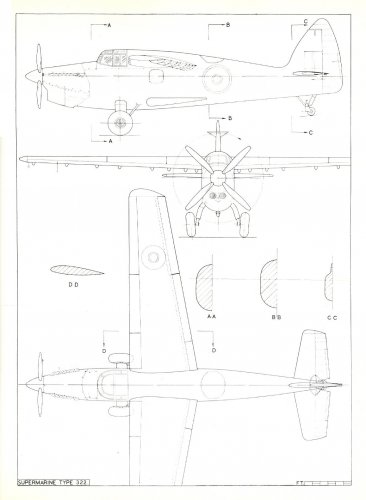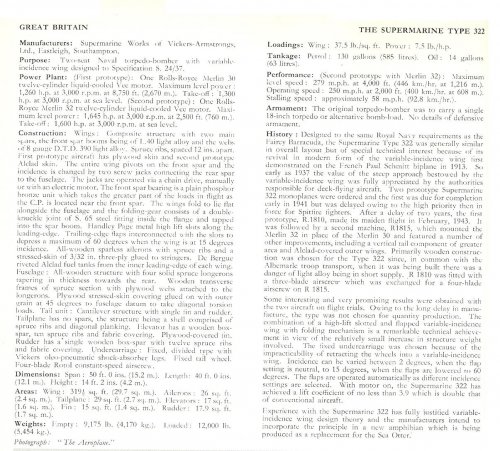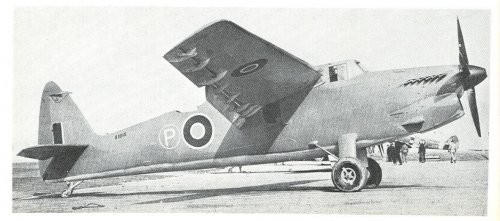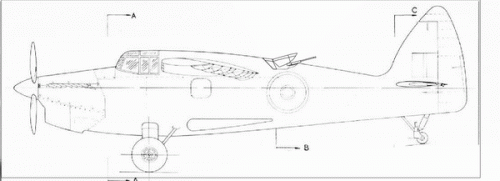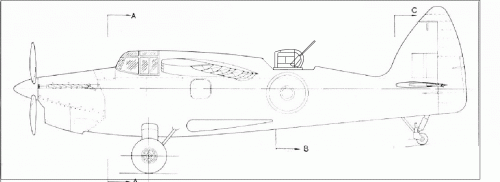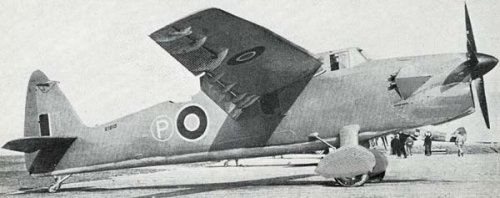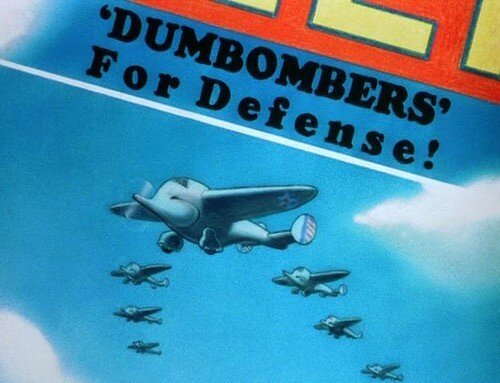I have liked the look of the Supermarine 322 "Dumbo" since seeing it in Tony Buttler's book and elsewhere. I am also tickled by the fact that the clean, fixed-gear design meant that it faster than the retractable-gear Fairey Barracuda with the same engine.
I have often wondered, though, at what an operational version was planned to look like had it been accepted. The two prototypes built were partially of wood and seemed more like testbeds for the variable incidence wing, not actual prototype combat aircraft. Does anyone have any artists impressions, cutaways or other images that show what Dumbo might have looked like in fighting trim?
I have often wondered, though, at what an operational version was planned to look like had it been accepted. The two prototypes built were partially of wood and seemed more like testbeds for the variable incidence wing, not actual prototype combat aircraft. Does anyone have any artists impressions, cutaways or other images that show what Dumbo might have looked like in fighting trim?

